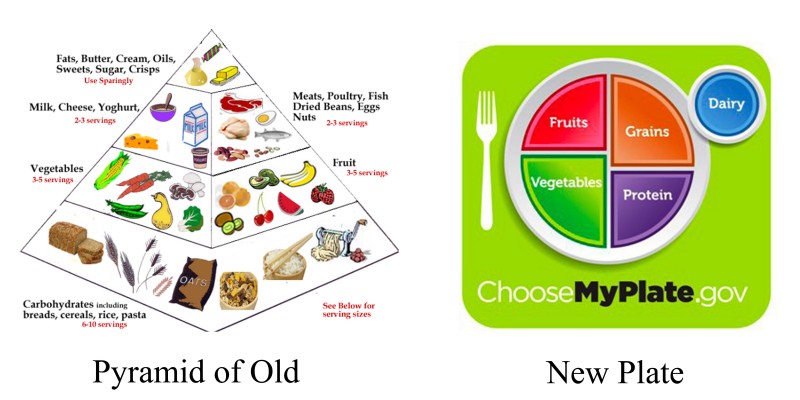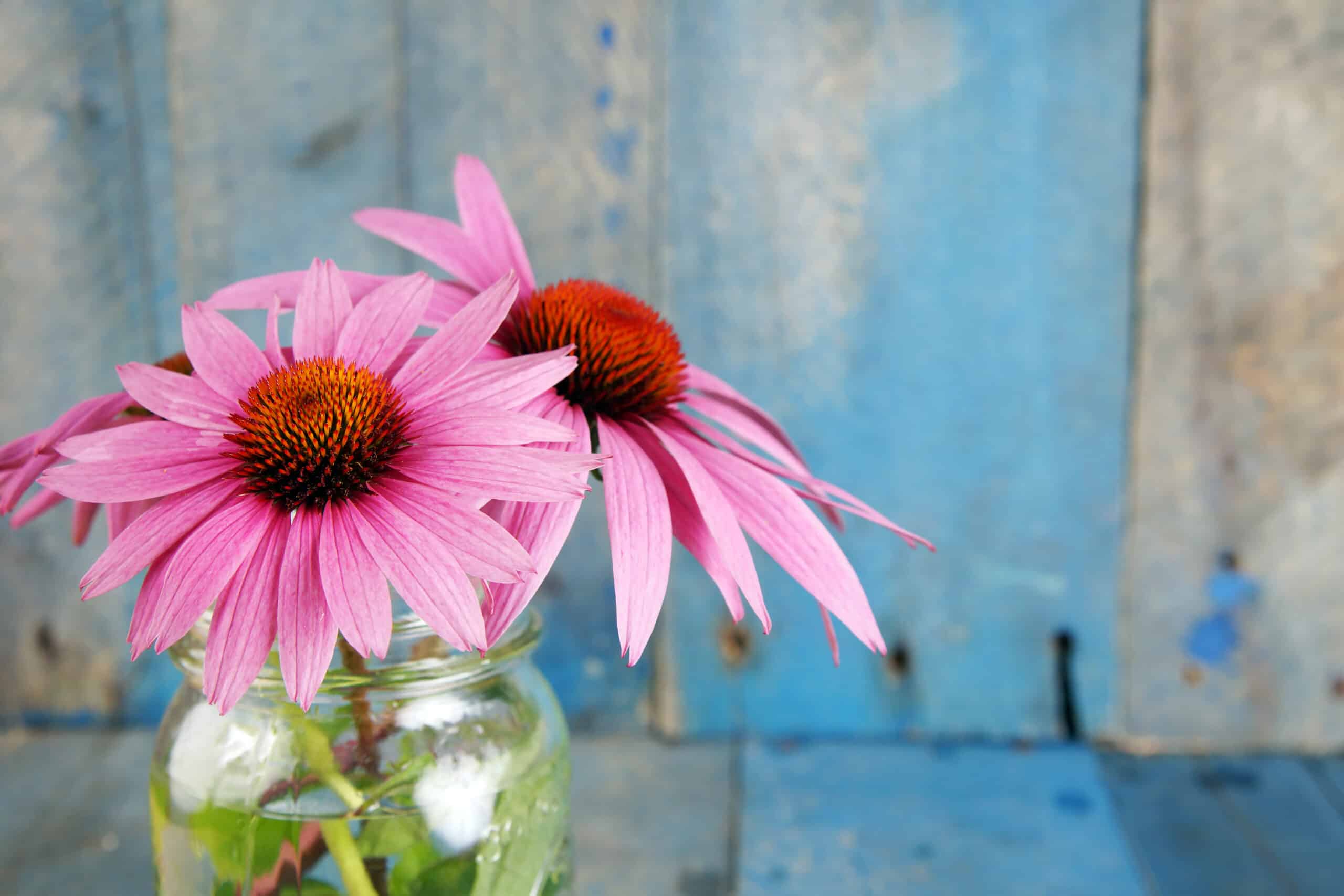Have You Filled Your Plate?
I have been blessed with kids who like fruits and vegetables. That being said, it does not mean that they like all fruits and vegetables, nor does it imply that they always easily eat them! It is to say that compared to many children and parents around us, our children are on the upside of healthy eating habits. On any given day you can find my 5 year old wandering around munching on a bag of carrots, an apple, or even grapes. My 12 year old went from eating nothing but cucumbers and dip, to being obsessed with what she has deemed “Italian Salad”, which is basically lettuce, cucumbers, croutons, radishes and onion, doused in olive oil and Italian Parmesan dressing. Then last year at this time, our children began picking apples off our lone apple tree in the yard, cutting them up, and using cinnamon and sugar to dip them in.
Having said all of this, our children (and myself) often don’t hit the recommended servings of fruit and vegetables for the day. What are the recommended servings? They are basically the same as we knew them growing up, with a little bit different presentation.
We all grew up memorizing the Food Pyramid as our model for healthy eating. Recently the USDA (United States Department of Agriculture) switched to a new symbol: a colorful plate called My Plate with similar messages of eating a variety of foods, eat less of some foods and more of others.
The pyramid of old has horizontal stripes to represent the five food groups plus oils. The plate features four sections (vegetables, fruits, grains, and protein) plus a side order of dairy in blue. The big message is that fruits and vegetables take up half the plate, with the vegetable portion being a little bigger than the fruit section.
Like the pyramid of old, the plate has also been divided so that the grain section is bigger than the protein section. Why? Because nutrition experts recommend you eat more grains than protein foods. You should also try to make “half your grains whole”. Instead of filling your grain requirement with all refined grains such as white flour, white bread, and white rice, try switching to whole grains such as whole wheat flour, oatmeal, corn meal, and brown rice. A difference between the pyramid of old, and the new plate is that the plate recommends eating more vegetables than fruit. It used to be an even 2-3 servings for each, but now the USDA recommends eating more vegetables than fruits.
Now the question is, how do we get in more servings of vegetables for our children? I have two larger scale thoughts on this: the first is to do fun things with the vegetables, the second is to just hide them altogether!
Here are some ideas for making vegetables more fun and appealing for kids:
-Vegetables with low-fat dip
-Ants on a log (celery with peanut butter and raisins)
-Veggie pizza
-Hummus and veggies
-Veggie juice
-Make sweet potatoes into fries
-Use baby sized carrots, cucumbers, tomatoes etc.
As far as making them disappear altogether we have gotten into adding vegetable purees to many of our foods. If you prepare and freeze the purees ahead of time, then they are a quick and easy add to any food you are making.
Here are some examples:
-Add cauliflower puree to things like eggs, soups (potato,creamy chicken noodle), tuna and chicken salad, macaroni and cheese, bread
-Add carrot or sweet potato puree to things like french toast, pasta sauce, beef stew, muffins, sloppy joes
Jessica Seinfeld’s book Deceptively Delicious is a fantastic resource with not just recipes, but tips on what kitchen utensils to stock, what food to keep in your pantry, how to puree different fruits and vegetables, as well as the nutritional value of them.











Thanks for the update on food guidelines! We’re living overseas, and I don’t see things like this at all. It made me feel old to remember the four food groups I learned in school before the pyramid came out! I love this “your plate” thing. I’m printing a copy out for my girls to see.
Glad you enjoyed the update. I know this does not work for all as we have many vegetarian and vegan eaters. But it was a blast from the past to see how the recommendations have shape shifted. Although I do think the primary message of more fruits & veggies is still a good one!
We talk about one process food types.
My kids know the closer it is too the source … like fresh veg are better than cooked.
Cookies have so many ingredients that have been processed together, but if we make sorbet from fresh fruit in our kitchen – its way healthier because it went thro less stages.
So fruit and veg are eat as much as you want kind of foods 😉
Little things they can understand.
Yes, I like the closer to the source, less processed approach! We talk about that when making our own soups, stews, and sauces. There are no preservatives, additives or own knowns when making your own.
It’s really hard for us to follow the old fashioned pyramid or this new plate. However, we do try to eat “healthy” foods as much as possible: Fruits, vegetables, lean proteins and dairy such as plain organic yogurt and keifer. I try not to buy processed foods and foods with a bunch of added sugar (corn-syrup) and salt. For example I buy plain yogurt rather than the little yogurt cups with added sugar. We make our own yogurt with real fruit and a bit of honey.
I’m also teaching my children how to cook as part of our homeschool day. Maybe a bit old fashioned but so many families these days do not cook. I hope if my children grow-up cooking they will continue healthy eating habits as they get older. I grew-up with a health-nut mother (long before it was cool to be healthy) and it very much shaped my eating habits.
I think it is very important that kids learn to cook. Cooking is not my favorite thing to do, by a long shot, but I put a meal on the table every night. It is not only healthier to eat at home, but cheaper as well. When we plan on shop for our meals we find as many ways to stretch our food budget as we can. Obviously with things like fresh fruits and veggies your options are limited, but we search around for the best prices on meats, and other products and plan meals in such a way as to best use all the food we have.
I like the new plate, but really don’t think we need that much protein at every meal. Also, dairy adds a bit of protein making the protein redundant. I love the idea of adding vegetable puree to foods. I always add pureed cauliflower to our potato soup and pureed squash to our bean soup.
I find it hard to fulfill the plate at each meal as well. I am on a limited calorie food plan so I have to keep the grains and proteins to a minimum. I do find it easier if we stick to the particularly lean meats. I can’t say that we ever have fruit and veggie at each meal. We often fit it more servings as snacks in the afternoon.